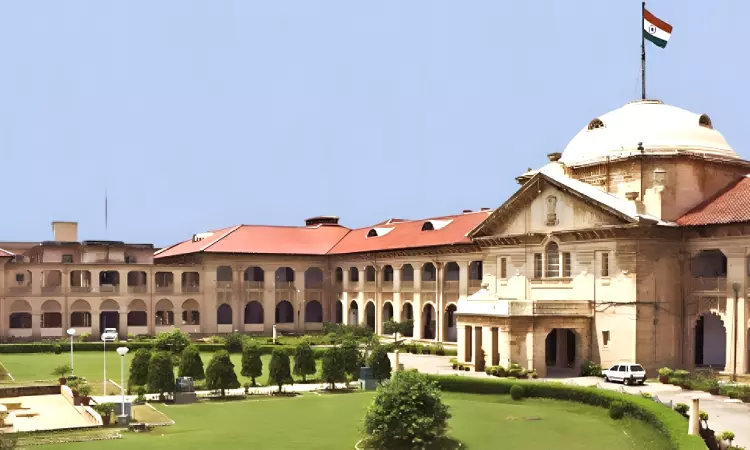'Eyewitnesses, First Informant Ganged Together To Implicate Accused': Allahabad HC Acquits Man In 1982 Murder Case
Sparsh Upadhyay
2 Nov 2024 6:15 PM IST

Next Story
2 Nov 2024 6:15 PM IST
The Allahabad High Court recently acquitted a man who was convicted in 1982 murder caa, as it noted that two eye-witnesses and the first informant had ganged together to implicate the accused. A bench of Justice Siddhartha Varma and Justice Ram Manohar Narayan Mishra also observed that the prosecution story contained many lapses, which made the case doubtful, and the case against...
